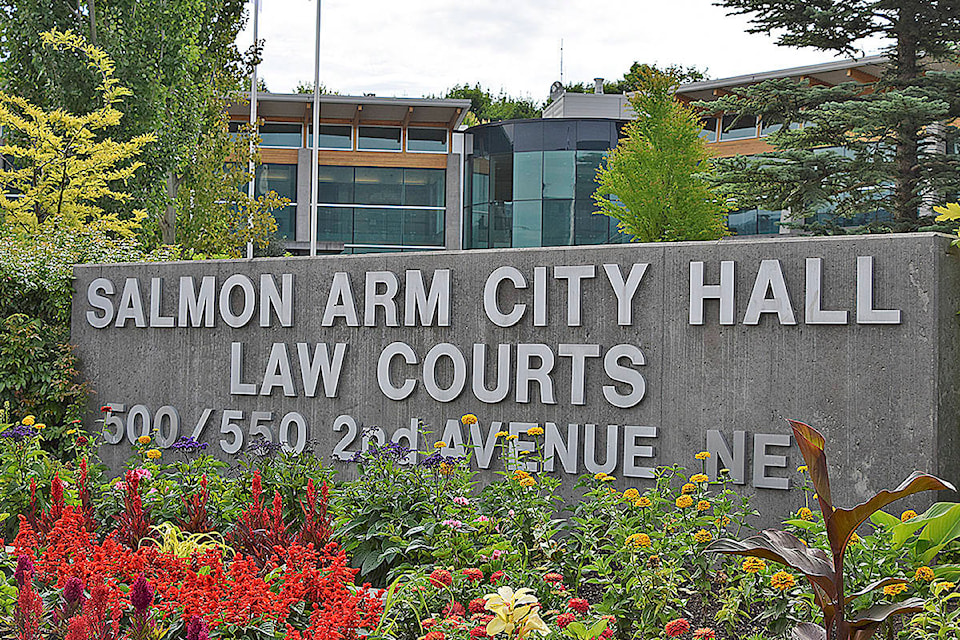Reliance on individual transportation is one of the larger energy costs and contributors to greenhouse gas emissions for Salmon Arm, according to a report from the Community Energy Association.
The city recently received a Community Energy and Emissions Plan (CEEP) from the not-for-profit association that describes itself as supporting local government and First Nations in all things climate and energy, with expertise in transportation, buildings and waste.
Presenter Trish Dehnel told council that the community spent about $66 million in 2016 on energy, with the biggest piece on mobility fuels – gasoline and diesel.
“Anything we can do to reduce the use of passenger vehicles as we know them today, will work to reduce costs…, GHGs (greenhouse gases) and energy use,” Dehnel said.
Highlights the report lists are the city’s setting up of a climate action reserve fund, introducing organic waste pick-up, capturing value from methane gas at the landfill, banning plastic bags and installing a solar array at the arts centre and geothermal at city hall.
The report notes a number of other measures the city has taken, as well as recommends actions for upcoming years.
Read more: Video: All ages rally in Salmon Arm to demand climate action
Read more: Gallery applauds as Salmon Arm council approves energy plan
Read more: Salmon Arm politicians urged to declare climate emergency, create action plan
Read more: Salmon Arm teen takes enthusiastic action on climate change
Dehnel noted that Salmon Arm has taken several steps to reduce greenhouse gas emissions, including signing on to the BC Climate Action Charter and establishing a six per cent reduction target of community greenhouse gas emissions from 2007 levels to 2020.
Salmon Arm achieved a 1.9 per cent reduction below 2007 levels by 2016 (the last inventory year), but if measured per capita, the city’s per capita emission reductions are 17.5 per cent less in 2020 than 2007 levels.
The report recommends the city updates its greenhouse gas reduction targets to 80 per cent below 2007 levels by 2050.
Coun. Sylvia Lindgren, who is council’s representative on the city’s environmental advisory committee, said the committee is looking forward to breaking down the recommendations and presenting council with future measures.
Lindgren made note of two recommendations in particular: one, the reliance on personal vehicles and the need to find ways to deal with the issues created; and two, because all the recommendations take time and money, the need to find funding to hire an individual to implement action items.
Council voted unanimously to accept the report, and Mayor Alan Harrison said council will allot more time to go over the report in detail.
marthawickett@saobserver.net
Like us on Facebook and follow us on Twitter
